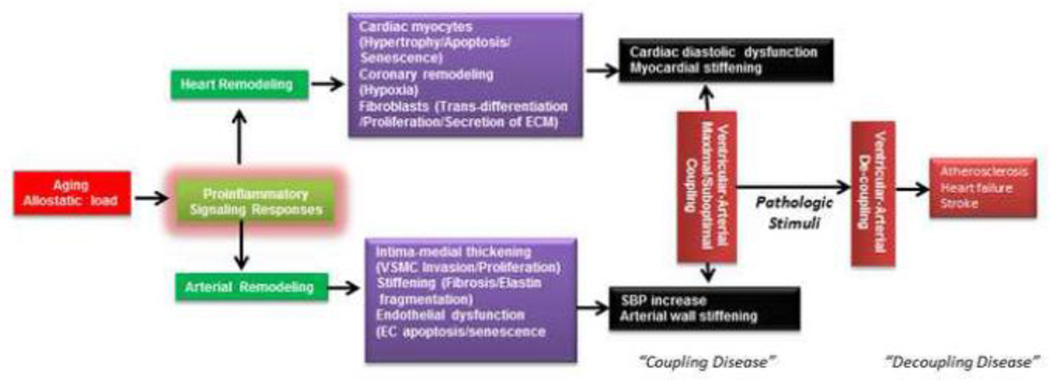Figure 1. Impact of proinflammatory signaling on heart and arterial phenotype and ventricular-arterial coupling with advancing age.
Aging increases allostatic load, including Ang II signaling, leading to proinflammation. With aging, adverse remodeling develops in both the heart and large arteries, which is the underlying mechanism of abnormal arterial-ventricular coupling. A mismatched or suboptimal arterial-ventricular mechanical coupling, sometimes known as “coupling disease”, is manifest by increases in SBP and left ventricular diastolic dysfunction. Suboptimal arterial-ventricular coupling increases the susceptibility to complications such as heart failure, atherosclerosis and stroke (sometimes termed “de-coupling diseases”), in response to pathologic stimuli such as ischemia.

